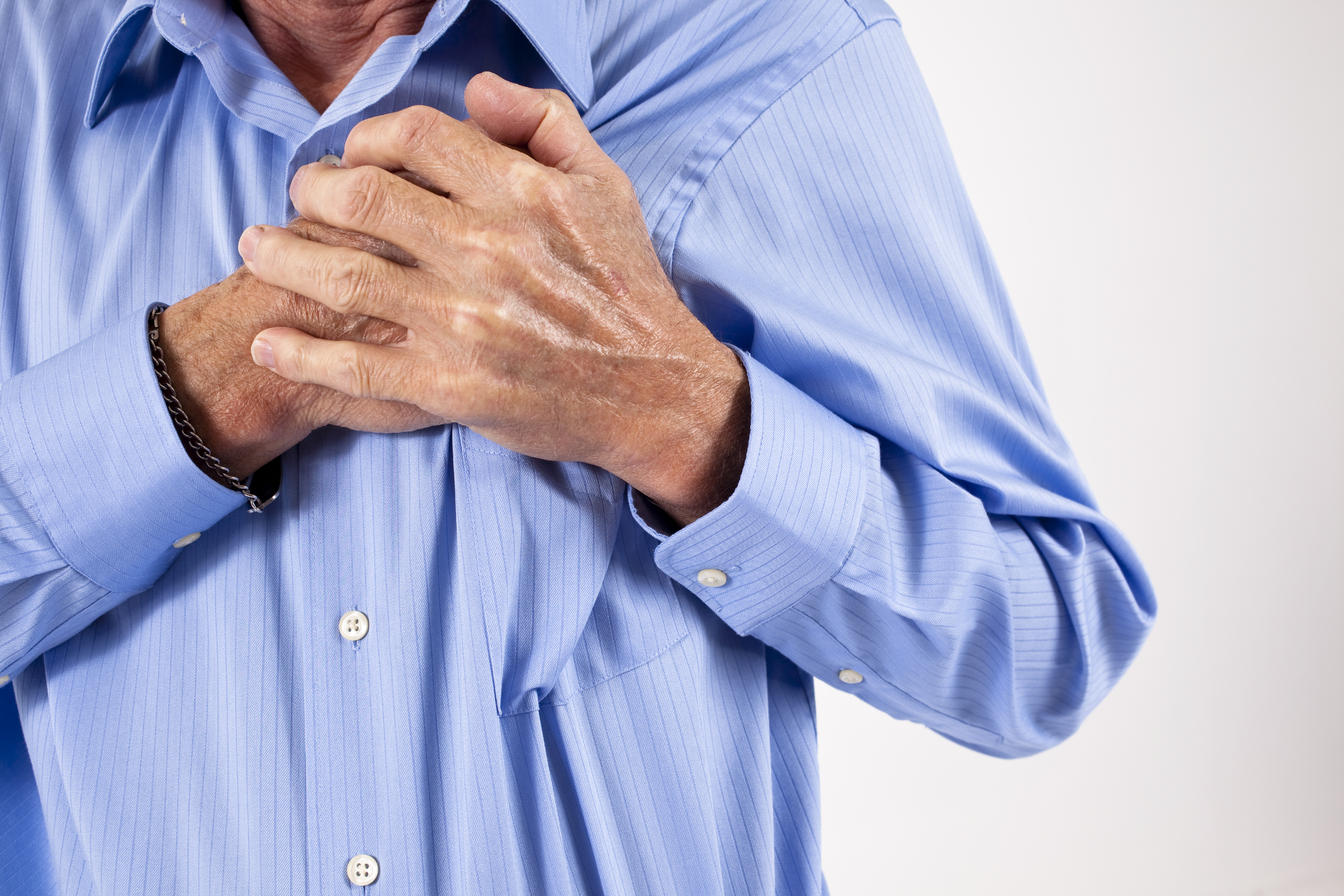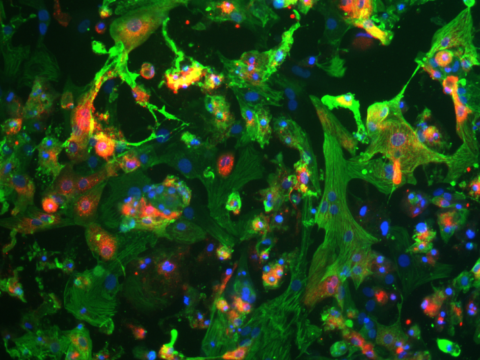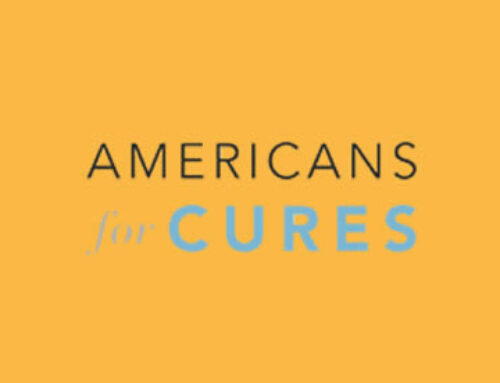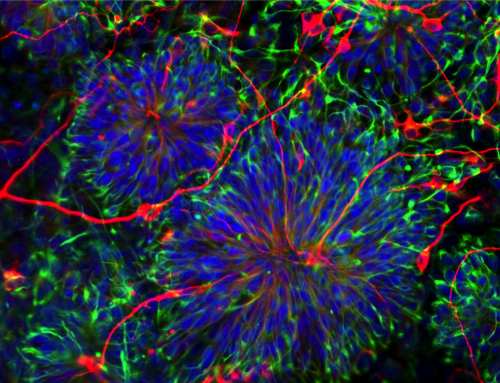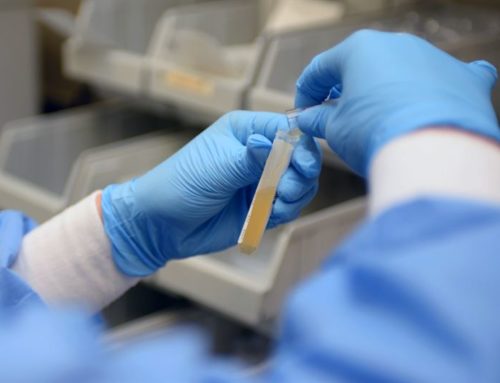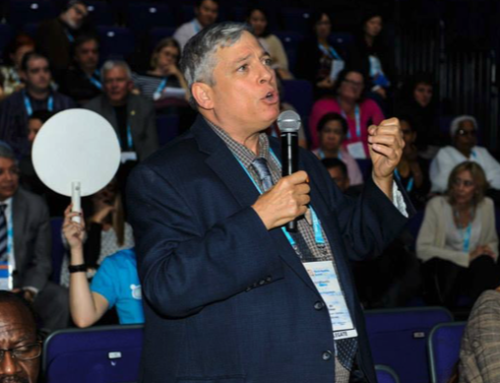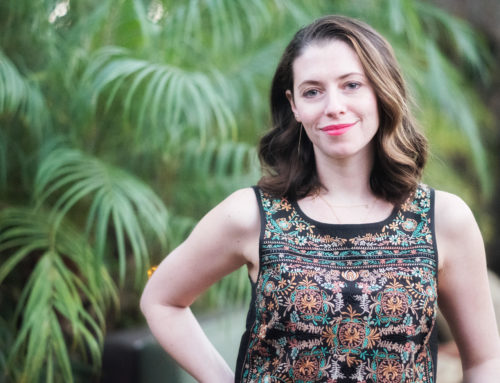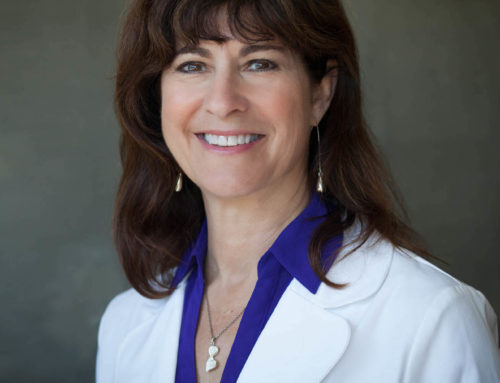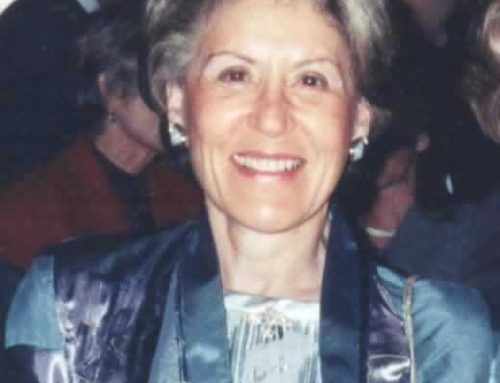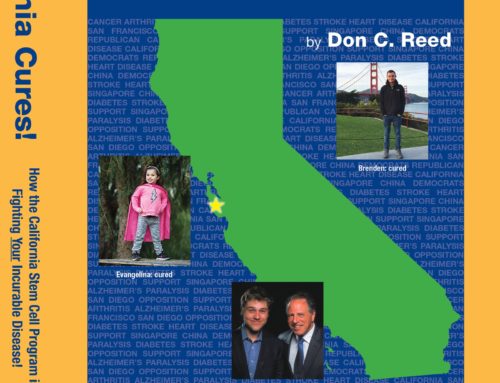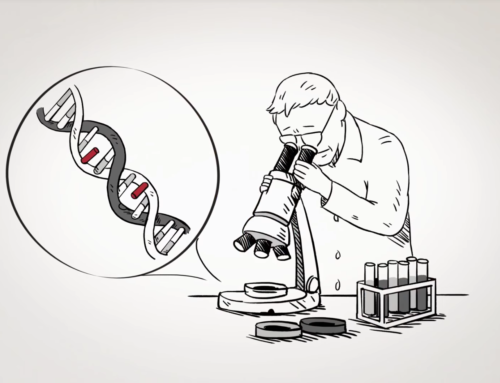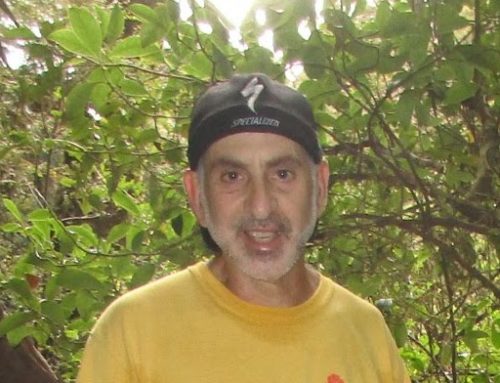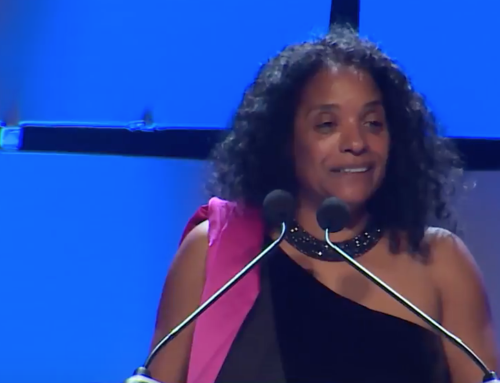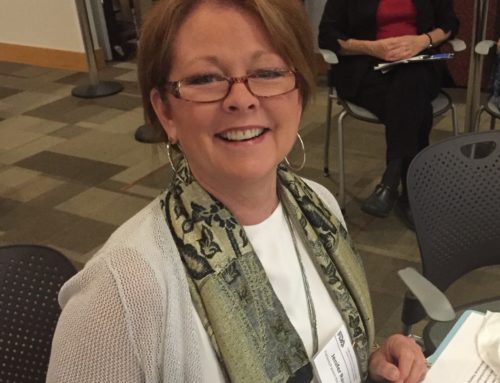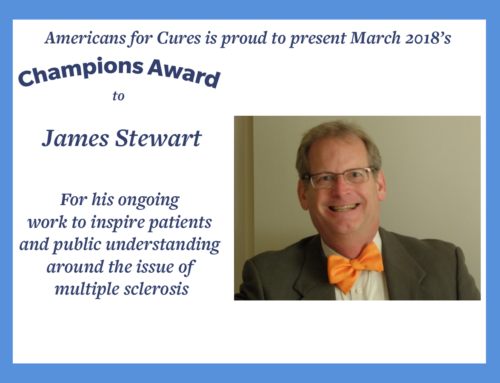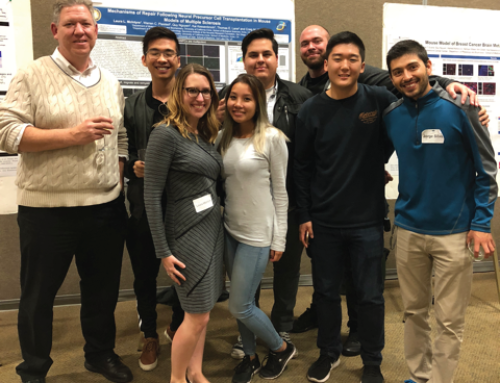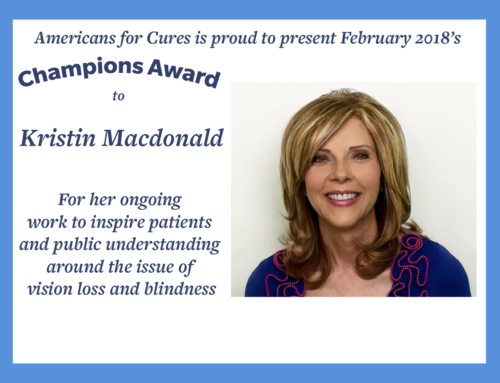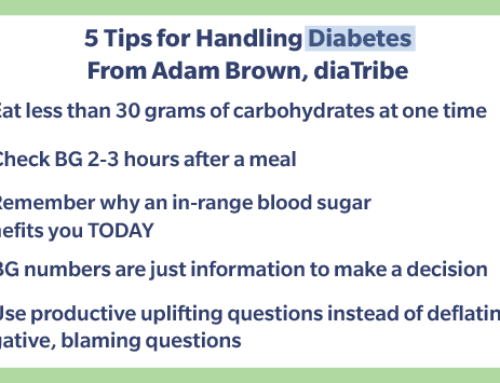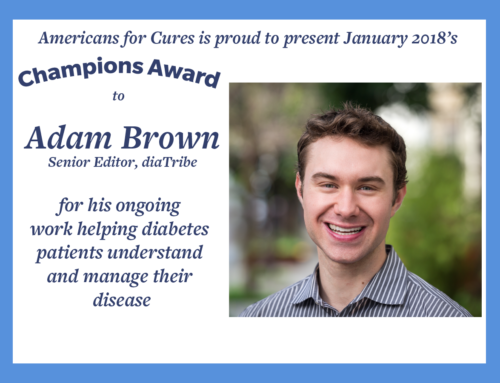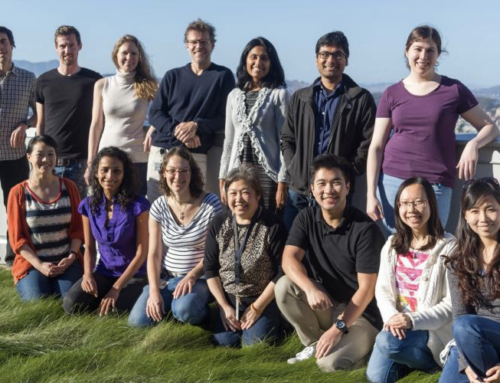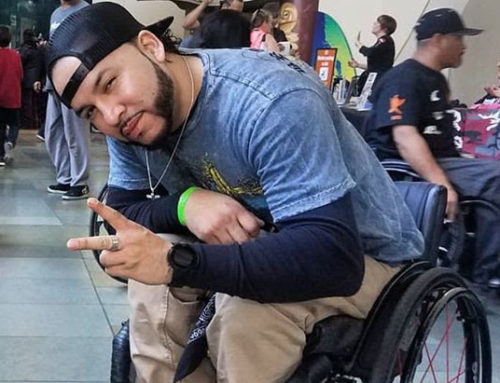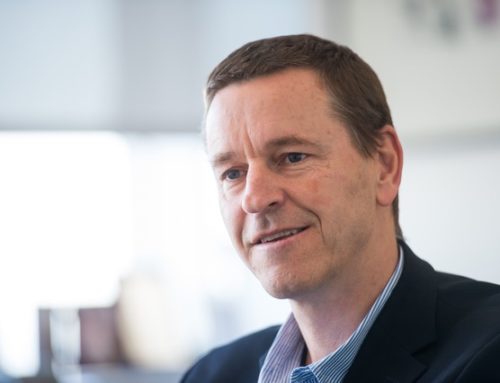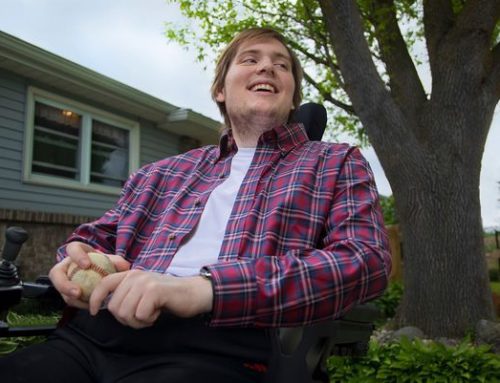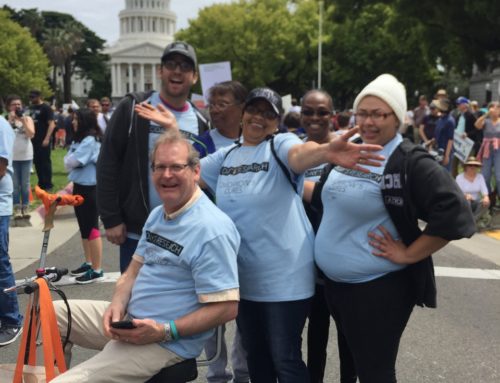Gloria, my wife of 48 years, was walking down the street toward me.
But something was wrong. Her face was gray. She said she had pain in her back and chest. One arm felt heavy, and she had broken out in a cold sweat.
It took some doing, but last she was safe and snug in a hospital bed in the emergency room. There was a needle in the back of her hand, wires taped to her chest, an oxygen clip in her nose, as well as the background beep of electronic monitors, the squeak of nurses’ ripple-soled shoes—
“I’m bored,” said Gloria.
Heart attack. The number one cause of death in America—claiming approximately one million lives every year.
Some have heart conditions that are not immediately fatal, but which put their owners at risk.
The American Heart Association estimates that 5.7 million Americans suffer from heart failure. Cardiovascular disease costs our country an estimated $286 billion in direct (out of pocket) and indirect (time lost from work) expenses.
Heart transplants are practical; the only problem is, there are not enough spare hearts to fill the need.
Former Vice President Dick Cheney had to wait 20 months for a transplanted heart. At last a suitable replacement heart was found, and his life continues today.
Might there be a stem cell answer? Joseph Wu is trying to find out. Working with Deepak Srivastava of the Gladstone Institute and Wolfram Zimmerman of the University Medical Center at Goettingen in Germany, Dr. Wu is battling to find ways to repair the damage left by a heart attack.
Their weapon is tissue engineering, which involves the development of biological substitutes to restore, maintain, or improve the functioning of a body part.
Dr. Wu said: “Our proposal seeks to use…tissue patches seeded with human embryonic stem cell-derived cardiomyocytes (heart cells for treatment heart disease) in small and large animals…”
Have you ever fixed a flat tire on a bicycle, and had to glue on a rubber patch?
Tissue engineering may work similarly, except the patch becomes part of the patient.
As quoted from his fund request statement, Dr. Wu said: “Novel therapies with stem cells in combination with supportive scaffolds (are emerging as a promising) avenue. Engineered tissues have now been used to make new bladders for patients… and more recently new trachea (in the throat—DR) for patients with late stage tracheal cancer.
“Our team intends to push the envelope by developing human tissue-engineered myocardium—heart muscle for treatment (after) heart failure.
“…we are confident we will be able to derive a lead candidate that can move into…preclinical development. These discoveries will benefit millions of patients with heart failure in California and globally.”
And Gloria?
“I found no evidence of lasting damage,” the doctor said.
We had dodged a bullet.
With proper diet and exercise, my angel will be free to harass her husband for years to come.
This post originally appeared on HuffPost.
Don C. Reed is Vice President of Public Policy for Americans for Cures, and he is the author of the forthcoming book, CALIFORNIA CURES: How California is Challenging Chronic Disease: How We Are Beginning to Win—and Why We Must Do It Again! You can learn more here.



